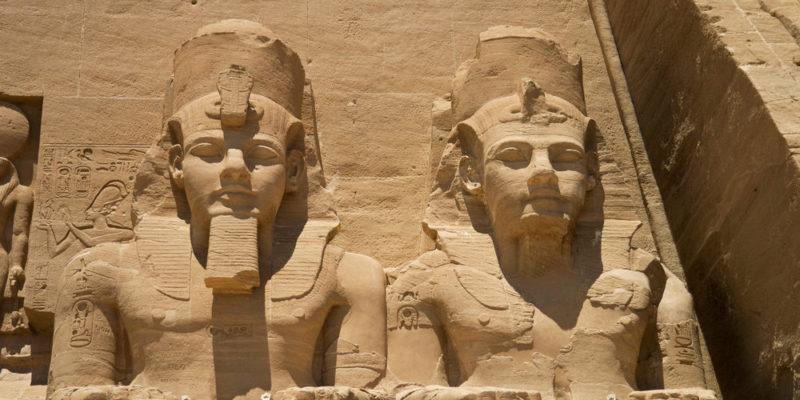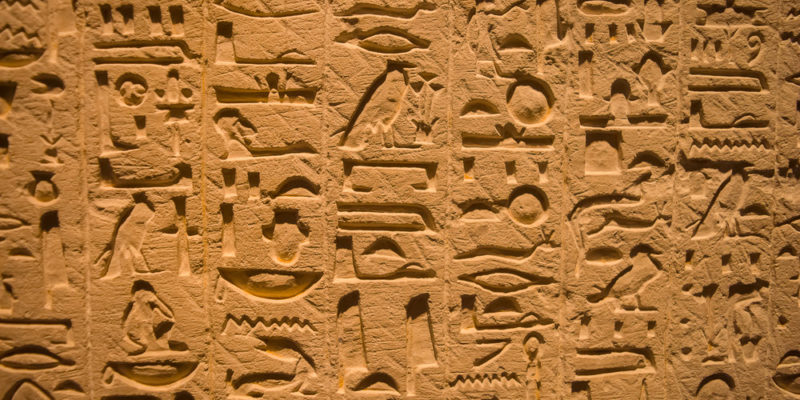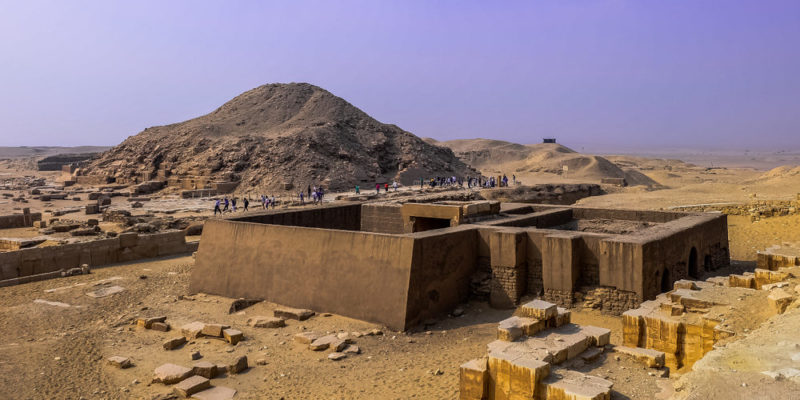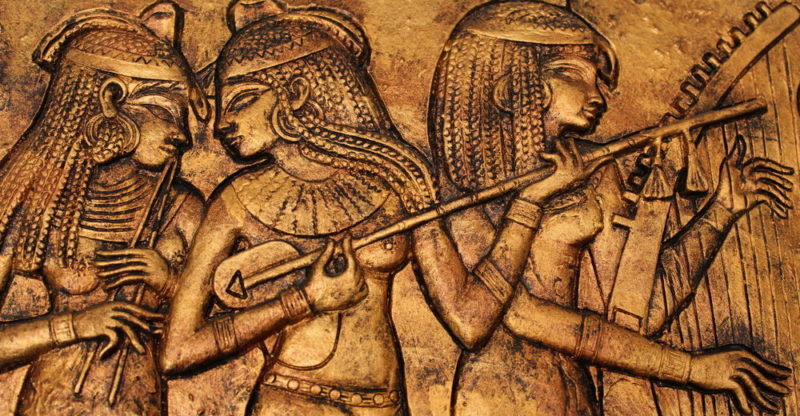We explain what Egyptian culture is, its origin and what its writing, art and religion is like. Also, what are its features, music and more.
What is Egyptian Culture?
Egyptian culture has existed for more than 6,000 years , going through numerous changes that occurred due to contact with invading peoples, such as the Arabs, the Romans and the Greeks. Its center is in Northeast Africa , mainly on the banks of the Nile River , but it has expanded in times of imperial conquest.
The current Egyptian culture not only has new manifestations in various areas of art but also draws on its heritage from antiquity , preserving monumental works of architecture such as the pyramids.
Origin and history of Egyptian culture

The first inhabitants of the current Egyptian territory were nomads and moved throughout the Nile River valley . These peoples in approximately 4,000 BC were grouped into two distinct regions: Upper Egypt and Lower Egypt. The population is unified under Pharaoh Menes in 3100 BC.
The history of Ancient Egypt can be divided into:
- Ancient empire. 3,000 BC – 2,050 BC. The pyramids are built and the arts flourish.
- Middle Kingdom. 050 BC – 1,800 BC. Strengthening of the economy thanks to a decentralization of political and economic power.
- New Empire. 1567 BC – 1085 BC. Conquest expansion.
In the 7th century the territory is invaded by the Arabs , who introduced their Islamic culture , language and religion until the 16th century, when Egypt was dominated by the Ottoman Empire . However, the Arab culture continued to be the most important for the population.
In the 18th century, Egypt was invaded by Napoleon 's French forces , and after a series of civil wars in 1805 independence from Egypt was declared. In the 20th century the country was dominated by a series of dictatorships , the last being that of Hosni Mubarak, who was overthrown in 2011 but replaced by a corrupt government . Following the 2013 coup, Egypt is now a parliamentary democratic republic .
Writing and Libraries of Egyptian Culture
 Egyptian culture was the cradle of writing , and it developed into three distinct types:
Egyptian culture was the cradle of writing , and it developed into three distinct types:
- Hieroglyphic writing. From 3300 BC to 700 BC. Symbols that represent objects (figurative) and serve to designate sounds (letters or syllables)
- hieratic script. More stylized and simple way for the writing to adapt to the papyrus.
- demotic script. Abbreviated form of hieratic script. It was used for everyday affairs.
These three types of writing were deciphered thanks to the discovery of the Rosetta Stone . Manuscripts were housed in libraries, including the Library of Alexandria, which once contained 900,000 works, and was founded in the 3rd century BC.
Egyptian culture art

Art during the Egyptian empires was largely a way of manifesting the power of the monarchs as well as expressing religious beliefs. Therefore, its content was mythical and its forms were monumental.
Perspective was not used in painting and colors were flat . In addition, the characters appeared in profile. It was used in the decoration of objects, but also as murals in sepulchral chambers, temples and palaces.
Religion of Egyptian culture
The religion was polytheistic , meaning that various gods were worshipped. The main one was the god Rá (god of the sun ), Osiris (god of the dead) and Isis (goddess of fertility).
The Egyptians also believed in a life after death . The book of the dead is a text that includes prayers that were used to protect the soul of the dead in its passage to the afterlife .
Egyptian culture architecture

Monumental temples dedicated to gods such as the temple of Amun-Ra at Karnak are still preserved. They also fulfilled the function of celebrating pharaohs or commemorating events , such as the temple of Abu Simbel. Sphinxes were also built to celebrate the pharaohs.
The pyramids were monumental tombs of pharaohs . Among them are the pyramid of Pharaoh Seneferu and the pyramid of Pharaoh Cheops.
Mastabas were another form of tomb . On the other hand, cenotaphs were funerary monuments but they did not contain a tomb but were only built in honor of the deceased person .
Egyptian culture sculpture

The sculpture was carved in ivory, bronze, wood and stone , with mythological and political characters. Thanks to the materials used, multiple copies of these works of art are preserved. Despite the hardness of some of the materials used, the sculpture achieved a high level of perfectionism in its compositions and details.
Science of Egyptian Culture
The level of scientific development in Egypt was such that the wise men of Ancient Greece traveled to Egypt to learn . In fact, Pythagoras developed his theorem based on Egyptian investigations. In math , they developed addition, subtraction, multiplication, and division. The measuring instruments were used to take advantage of the floods of the Nile in the cultivated lands, as well as to perfect the architecture and achieve monumental works.
In medicine , scientific knowledge was mixed with religious beliefs , but this did not prevent the discipline from developing, which took care of the hygiene of both doctors and patients and looked for the cause of ailments.
Religion in modern Egypt
90% of the Egyptian population practices Islam , which is the official religion. Unlike the religion of ancient Egypt, Islam is a monotheistic religion . The remaining 10% are Catholic, Coptic, Maronite, Armenian and Baha'i.
Contemporary Egyptian Literature

Egyptian writers are among the most important creators of Arabic literature . They experimented with modernism in the early 20th century. The first Egyptian to win the Nobel Prize for literature was Naguib Mahfouz, in 1988.
Egyptian music

About the music of ancient Egypt we only know that harps and flutes were used . Currently, the mamba genre is one of the most popular in the country. In addition, in the last 40 years, popular music has been used to transmit ideological content, such as social and class conflicts.
The above content published at Collaborative Research Group is for informational and educational purposes only and has been developed by referring to reliable sources and recommendations from experts. We do not have any contact with official entities nor do we intend to replace the information that they emit.
Cultural journalist with great interest in education and technological innovation in the classroom. The future passes through technology and it is already here. .
Leave a reply
Your email address will not be published. Required fields are marked *Recent post

Sport: What Is It, Types, Risks, Features, Characteristics and Examples

Dogs: Emergence, Features, Characteristics, Feeding and Breeds

Story: Definition, Elements, Structure, Features and Characteristics

